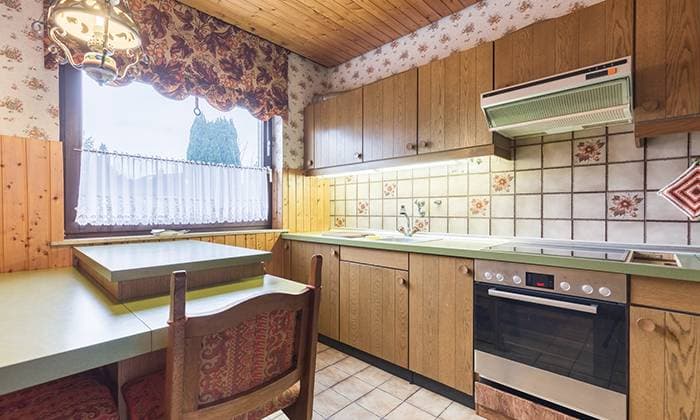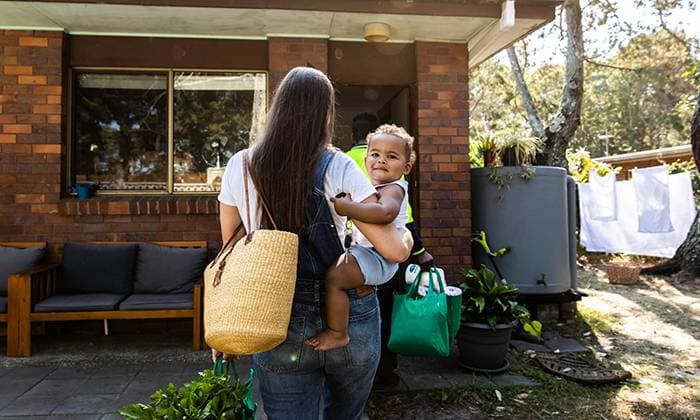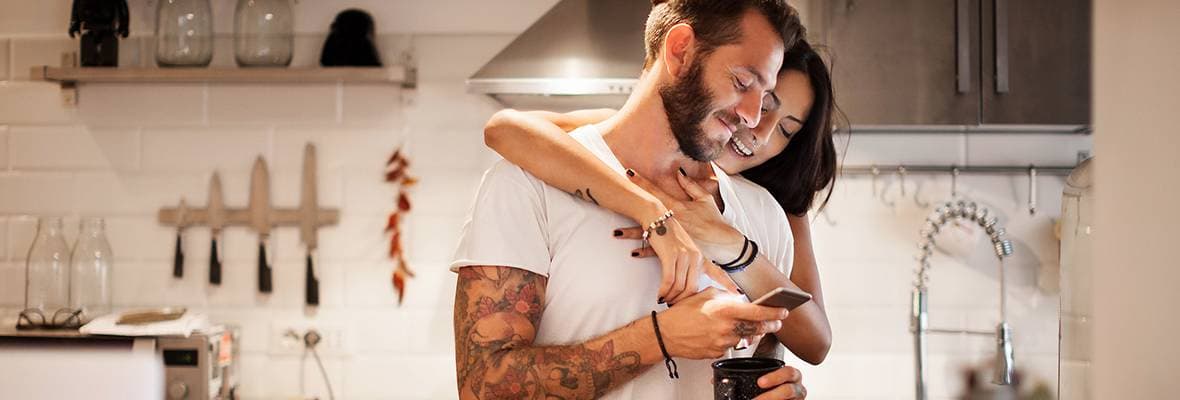Related articles
- A Comprehensive House Buying Checklist
- Guide to buying a house at auction
- The Great Housing Debate: Should you rent or buy?
- Property inspection guide and checklist
- The Cost to Build a House in Australia
- First Home Owner Grant (FHOG): How it works
- Property settlement process
- Home loans & banking jargon explained
- Do I need home insurance before settlement?
- Underinsurance - How much home insurance do you need?
- Getting the most out of your home and contents insurance
- How to save on home insurance
- Different Australian House Styles Explained
- Expert Tips for First Home Buyers
- What are the 7-star energy rating requirements
- How do home loans work?
This information is general in nature only and does not constitute legal advice. While Budget Direct has endeavoured to ensure the information we’ve relied on is accurate and current, we do not guarantee it. Budget Direct accepts no liability for this information and recommends you obtain legal advice specific to your individual circumstances before entering into any contracts for the purchase of property or obtaining of finance.
When you’re making plans to buy your first home, there’s so much to think about — and many important costs you may not have anticipated.
A new home is a huge investment, so it’s crucial to get the planning right.
Here’s a five-item checklist to help you on your home-buying journey.
1. Saving for your deposit
The median house price in Australia is more than $690,0001. Many lenders require at least 20% of the borrowed amount as a deposit, so scraping this money together is your first big hurdle.
Lenders like to see evidence of genuine savings on your part before they fund your new home.
You’ll need to get serious about saving money, which may entail some personal sacrifices.

Try to save 10–20% of your monthly pay by eliminating unnecessary purchases.
Pay off credit-card debts, sell excess belongings and consider looking for extra, part-time weekend work to build up your finances.
Saving takes discipline, but being able to put a deposit down on a home of your own is certainly worth the extra effort.
And remember — the larger the deposit, the less interest you’ll pay over the life of the loan.
See the latest Australian property prices
2. Choosing a mortgage lender
House hunters tend to be picky. They consider things like proximity to schools, local crime rates, and how much DIY a house might need.
You need to be just as picky when hunting for your first home loan. Mortgages can vary considerably in their flexibility, interest rates, and fees.
These factors all contribute to the lifetime cost of the loan (and how soon you’ll be able to pay it off).
You’ll probably check out lots of houses before you buy, so why not do the same with mortgage lenders?
Getting your home loan right can potentially save you tens of thousands of dollars in the long-term.
3. Understanding all the costs of owning a home
The mortgage is the biggest expense for home buyers, but it’s not the only one. You must also factor in all the other costs — like conveyancing fees, land transfer duty, and building inspections.
You may need to hire a removalist or pay for an exit clean for your current residence. Then there are the phone, internet and electricity connections to organise.
Once you’ve moved in, there will be council rates to pay.
If your house is a ‘fixer-upper’, you’ll need tools and paint or maybe tradespeople to whip it into the shape you want.

If you’re buying a unit or townhouse, it’s likely you’ll have to pay body corporate fees. These cover the maintenance of shared areas and insurance for the entire accommodation complex.
You should ask about the balance of the body corporate’s 'sinking fund'. If it’s insufficient to cover repairs and building works, owners may be required to contribute extra funds.
These are just some of the known expenses. You should also put a bit of money aside for the unexpected, like rising interest rates or changed personal circumstances.
4. Protecting your most valuable asset
For every new home buyer, home and contents insurance is a must. After going through all the effort and expense of acquiring your new home, you’ll want to make sure it’s covered.
Insurance can cover unexpected calamities such as bushfires, burst pipes, storm damage, break-ins and other nasty surprises.
And it’s not just the building you need to protect. The cost to replace your furniture, whitegoods, appliances, jewellery and other possessions can be more than you realise.
In 2009–10, the average value of household contents in Australia was $61,000 per dwelling2.
5. Looking after yourself and your family
Life insurance provides financial security in the event of your death or serious injury.
Not a pleasant thought, but the fact remains that if you have dependants who rely on you financially, you need to consider the benefits of life insurance.

And don’t automatically assume the life cover that’s built into your superannuation is going to be adequate — it may not be for your situation.
Underinsurance is a huge problem in Australia. Though an estimated 94% of working Australians have life cover, the median cover level is only $143,500, or about two years of income3.
So make sure you’re looking after yourself and your loved ones too.
Sources
Related articles
- A Comprehensive House Buying Checklist
- Guide to buying a house at auction
- The Great Housing Debate: Should you rent or buy?
- Property inspection guide and checklist
- The Cost to Build a House in Australia
- First Home Owner Grant (FHOG): How it works
- Property settlement process
- Home loans & banking jargon explained
- Do I need home insurance before settlement?
- Underinsurance - How much home insurance do you need?
- Getting the most out of your home and contents insurance
- How to save on home insurance
- Different Australian House Styles Explained
- Expert Tips for First Home Buyers
- What are the 7-star energy rating requirements
- How do home loans work?




